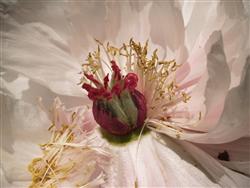
How to Grow and Use Perennials
A great perennials course for the professional gardener, garden designer, nursery person, propagator.
Opportunities abound! Perennials are versatile, beautiful and important to the landscaping industry as well as the nurseries that grow and supply them. As the climate changes and gardening becomes more difficult then ever before, gardeners are increasing looking for tough reliable plants. Perennials are very popular with gardeners mainly because in this group of plants you will discover the toughest and yet most beautiful examples of garden plants. There are opportunities in this field for knowledgeable people, with a passion for perennials, to propagate, grow and advise clients on their cultural requirements and how to use them in their gardens or public parks.
Perennials come in all forms, from herbaceous plants that die down in the winter and re-emerge in spring (year after year), to plants that retain their soft-stemmed leafy growth year round. Although beautiful, many perennials are also tough and very much adapted to a variety of climates - ranging from very dry to wet. Some have colourful foliage as well as beautiful flowers, others add architectural interest - but all add excitement and diversity to the landscape or garden as they burst into flower each year. Discover what perennials are, which perennial plants are most popular today, their cultural requirements (ie. feeding, watering, soil requirements, pruning, pest control), and learn how to use them to create beautiful landscapes. A course equally valuable to landscapers, nurserymen, cut flower growers and garden enthusiasts.